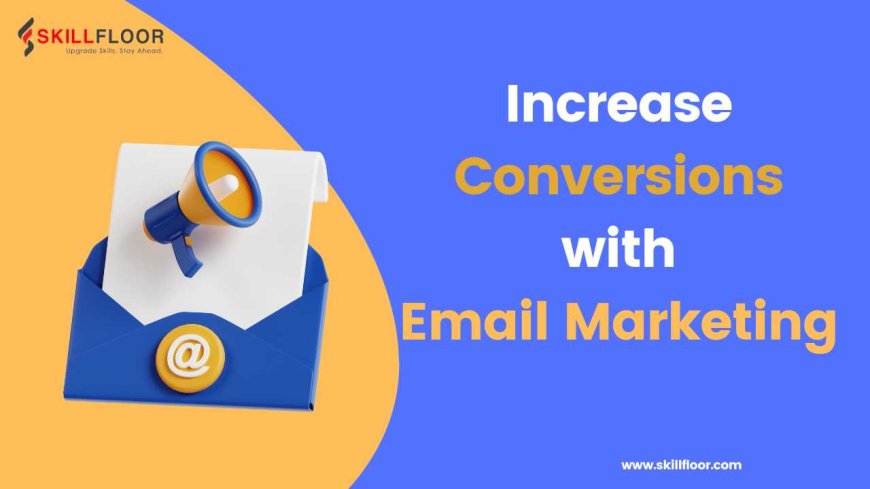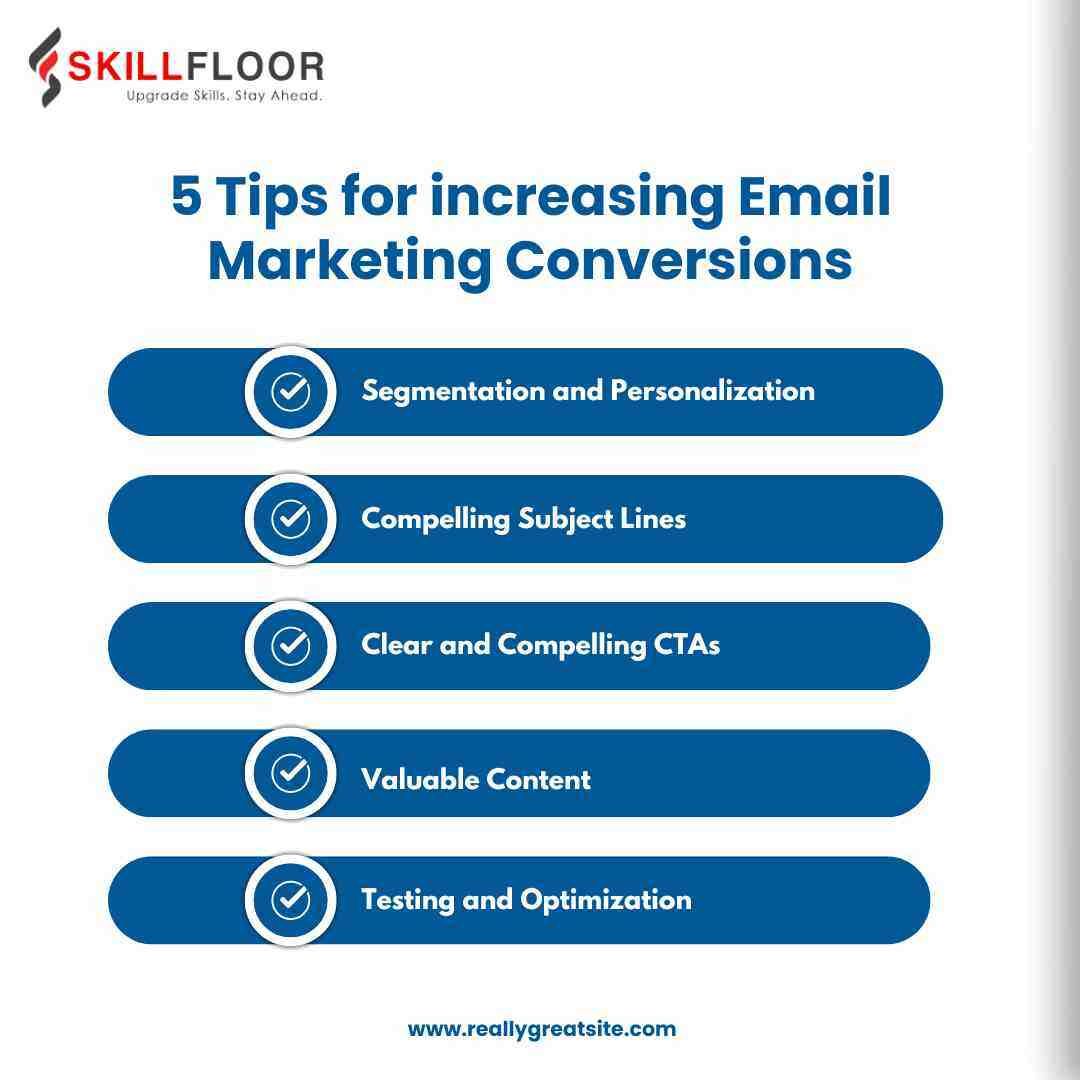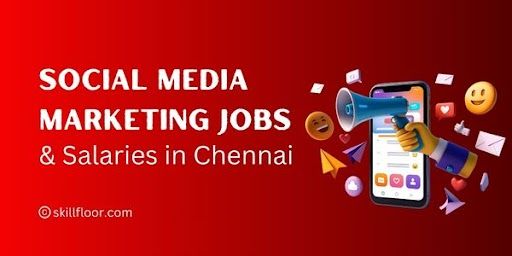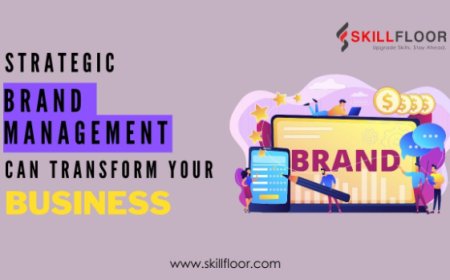5 Tips for Increasing Email Marketing Conversions
Discover proven strategies to boost email marketing conversions with these 5 essential tips. Maximize engagement and drive results today

Email marketing is crucial for digital strategies because it lets businesses connect directly with customers through personalized messages sent to their email inboxes. Unlike social media or search engines, emails allow businesses to maintain direct communication, build stronger relationships, and increase customer loyalty. By using analytics, businesses can track how well their emails perform and make improvements to boost sales. Essentially, email marketing helps businesses stay visible, nurture leads, and grow revenue in today's digital world.
Optimizing conversion rates in email campaigns is crucial because it directly impacts the effectiveness and profitability of marketing efforts. When conversion rates are optimized, it means more recipients are taking the desired action, such as making a purchase, signing up for a service, or clicking through to a website.
This optimization leads to higher return on investment (ROI) from email marketing campaigns. By focusing on improving conversion rates, businesses can:
-
Increase Revenue: Higher conversion rates mean more sales or leads generated from the same number of emails sent, ultimately boosting revenue.
-
Maximize Marketing Spend: Efficiently using marketing budgets by ensuring that each email campaign generates a higher number of conversions ensures better overall cost-effectiveness.
-
Enhance Customer Engagement: Optimized emails are more likely to resonate with recipients, leading to increased engagement and loyalty.
-
Drive Growth: As conversion rates improve, businesses can scale their email marketing efforts confidently, knowing they are generating tangible results.
In essence, optimizing conversion rates in email campaigns is not just about improving numbers; it's about maximizing the impact of each email sent and achieving significant business growth through effective digital marketing strategies.
Barriers that prevent higher email marketing conversions
Several barriers can prevent higher email marketing conversions, impacting the effectiveness of campaigns. These barriers include:
-
Poor Email Design: Emails that are not visually appealing or mobile-friendly can deter recipients from engaging with the content or taking action.
-
Irrelevant Content: Sending emails that are not personalized or relevant to the recipient's interests or stage in the customer journey can lead to disinterest and lower conversion rates.
-
Overwhelming Frequency: Bombarding recipients with too many emails can lead to fatigue and disengagement, reducing the likelihood of conversions.
-
Weak Call-to-Actions (CTAs): Unclear or uninspiring CTAs can fail to motivate recipients to click through or take the desired action.
-
Lack of Segmentation: Not segmenting email lists based on demographics, behaviours, or interests can result in sending irrelevant content to recipients, thereby reducing engagement and conversions.
-
Poor Deliverability: Emails that end up in spam folders or are not delivered to recipients' inboxes due to technical issues can significantly hinder conversion rates.
-
Subpar Timing: Sending emails at the wrong times (e.g., during off-peak hours or days) can reduce open rates and consequently lower conversion rates.
-
Data Quality Issues: Inaccurate or outdated subscriber data can lead to targeting the wrong audience or missing opportunities to personalize content effectively.
Addressing these barriers through careful planning, testing, and continuous optimization can help businesses improve email marketing conversions and achieve better overall campaign performance.
How can marketers improve email marketing conversions effectively?

1. Segmentation and Personalization
Segmentation: Divide your email list into segments based on relevant criteria such as demographics (age, gender, location), behaviors (past purchases, website interactions), or interests (product preferences, content engagement). This allows you to send targeted messages that are more likely to resonate with each group.
Personalization: Tailor your email content to each segment by addressing recipients by name, referencing their past interactions or purchase history, and offering personalized recommendations or promotions. Personalization helps create a more engaging experience and encourages recipients to take action.
2. Compelling Subject Lines
Clarity and Relevance: Craft subject lines that indicate what the email is about and align with the content inside. Avoid vague or misleading subject lines that can lead to high open rates but low engagement.
Engagement Hooks: Use compelling language or a sense of urgency (e.g., limited-time offers, or exclusive deals) to capture recipients' attention and encourage them to open the email. Incorporate emojis sparingly to add visual appeal and convey emotions.
3. Clear and Compelling CTAs
Visibility: Ensure your call-to-action (CTA) stands out visually within the email layout. Use contrasting colors, larger fonts, or buttons to make it easy for recipients to spot and click.
Actionable Language: Use clear and direct language in your CTAs, such as "Shop Now," "Learn More," or "Get Started." Communicate the benefit or outcome of clicking the CTA to motivate recipients to take action.
Placement: Position your CTAs strategically within the email, ideally near the top or repeated throughout longer emails. Make sure CTAs are mobile-friendly and easy to tap on smaller screens.
4. Valuable Content
Relevance: Deliver content that is relevant to recipients' interests, needs, or pain points. Provide solutions, tips, or insights that demonstrate your understanding of their challenges and how your products or services can help.
Exclusive Offers: Include exclusive promotions, discounts, or early access to new products/services to incentivize conversions. Highlight the unique value proposition that sets your offerings apart from competitors.
Educational Content: Share informative content such as how-to guides, case studies, or industry insights that add value and build trust with your audience.
5. Testing and Optimization
A/B Testing: Experiment with different elements of your emails, such as subject lines, CTAs, sender names, or content formats (e.g., plain text vs. HTML). Use A/B testing to compare performance and identify which variations yield higher open rates, click-through rates, and conversions.
Analytical Insights: Leverage email marketing analytics to track key metrics like open rates, click-through rates, conversion rates, and unsubscribe rates. Analyze trends and patterns in recipient behaviour to understand what resonates best with your audience.
Continuous Improvement: Based on data-driven insights, iterate and optimize your email campaigns over time. Make adjustments to timing, frequency, content strategy, and segmentation to maximize engagement and conversions.
By implementing these strategies effectively and continuously refining your approach based on performance data and recipient feedback, you can enhance email marketing conversions and drive greater success in your digital marketing efforts.
optimizing email marketing conversions is crucial for maximizing the effectiveness and profitability of digital marketing efforts. By addressing barriers such as poor design, irrelevant content, and weak calls to action, businesses can enhance engagement, drive revenue growth, and build stronger customer relationships. Implementing strategies like segmentation, personalization, compelling subject lines, clear CTAs, valuable content creation, and continuous testing and optimization are key steps toward improving email campaign performance. By continually refining these strategies based on analytics and recipient feedback, businesses can achieve higher conversion rates and unlock the full 0l potential of their email marketing endeavours.





























































